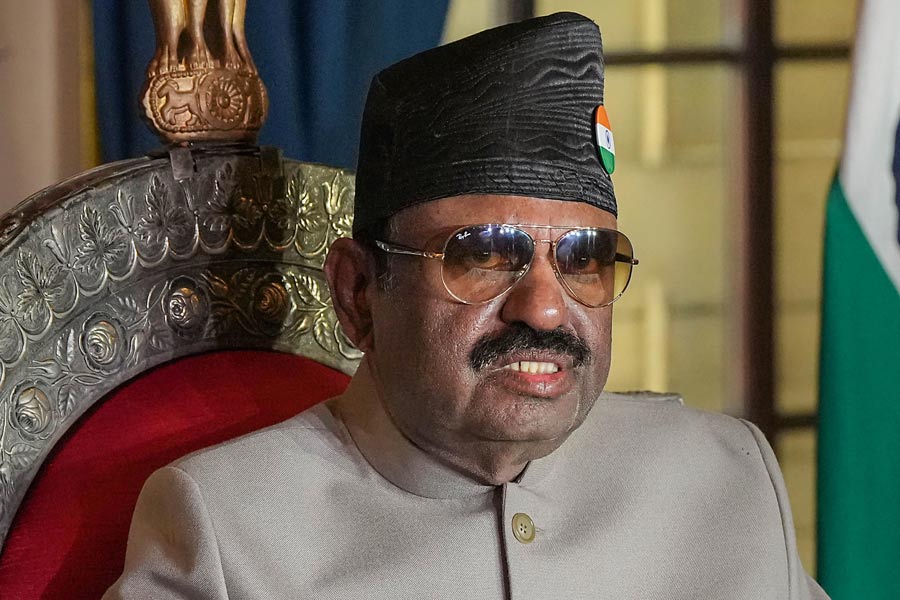This Ashtami when you pray to the goddess, pause before you mechanically repeat after the priest “putran dehi dhanang dehi sarban kamangscha dehi me” (Grant me son, grant me wealth, fulfil all my wishes) and think: are you really seeking a son? Or would you be equally happy with a daughter?
The Telegraph, which has spearheaded the True Spirit Puja movement that has contributed to making Durga Puja in Calcutta and Howrah a safer, happier and more meaningful event than it was when the award started in 2003, has now launched a campaign that seeks to make the pushpanjali mantra gender-neutral, by urging people to say santanan dehi instead. To register support for the change, one can log on to `askfor.org` and click a button or give a missed call to 7835911177.
Though the methodology of conducting Durga puja is enshrined in Devipuran, Brihannandikeshwarpuran and Kalikapuran, of which any one or the tantric way can be followed, the mantras for the goddess’s stuti (praise) and stawb (prayer) can be a combination of multiple sources. The putran dehi chant comes from Devipuran, pointed out Jayanta Kushari, the principal of Sarva Bharatiya Prachya Vidya Academy, who also holds workshops for priests.
Moumita Das, a doctor who took classes in Durga puja rituals from Kushari to start conducting puja at home with her brother, said she chants putran dehi taking the term to mean a child. “I am no authority to make the change myself but I hope pundits give the matter some thought,” Das said, after registering her support on the website on Friday.
To priests like Kushari who are wary of effecting changes in what they deem as rishibakya (words of saints), social historian Jawhar Sircar offers a counterpoint. Welcoming the initiative, he pointed out that like the Ramayana and the Mahabharata, each of the 18 Mahapuranas underwent interpolations and modifications over 300 to 500 years to keep up with the times.
“The strength of Hinduism is in its flexibility. The Mahapuranas came into being between the second century and the 11th century. The older ones were dedicated to male gods like Vishnu, Vayu and Agni. It is only in Bhagabatpuran, composed between the ninth and the 14th centuries, that women were given a role. Before that, the only reference to women was in Markandeyapurana, that too in the appendix called Devimahatmya, added around the sixth or the seventh century. The other texts relevant to the mother goddess, Kalikapuran and Devipuran, come much later among the 18 Upapuranas.”
“Better late than never,” said Sarottama Majumdar, who teaches in a south Calcutta college. “The Puranic texts were written in patriarchal times. Now that women are conducting puja, doing mukhagni (last rites) of parents and giving away daughters in marriage, all of which were male preserves, we need to rethink the words we utter in rituals too.”
A total of 125 pujas have already come on board, putting up banners to raise awareness about the proposed change. More are planning to join. Among them is the Ramlal Bazar Youth Association puja conducted by women since 2001. “When girls and boys are equal why should we pray only for sons? I will propose the change to our committee,” said Gargee Samaddar, the secretary of the puja.










